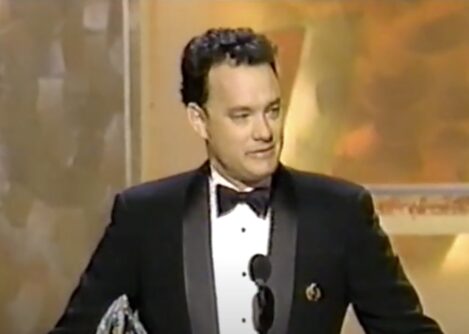As Independence Day 2020 fast approaches, this year’s lead-up to “the national holiday of all holidays” for the past 30 days has been mayhem. Such mayhem that it has left so many Americans wondering “who are we,” and how did we arrive at this point in our nearly 250 years of our history.
Most dramatically unsettling in only the past two weeks has been the desecration of our once invaluable nationwide collection of statuary, memorials, and monuments erected throughout the course of our history. The once take-for-granted visual reminders of the American historical narrative suddenly have been not only deemed unworthy, but held up to ridicule—almost like Leon Trotsky ridiculed the Mensheviks departing from the 1917 Congress of Soviets, saying “Go to the place where you belong from now on—the dustbin of history!”
In that consignment, most distressing of all, was the frenzied mob’s Promethean rejection of the symbols, perfections and imperfections alike, representative of the American creed. It is a creed embodying the principles of liberty, equality, representative government, and private property. Rioters and, yes, even those in positions of authority partook in the moral mayhem.
Last week, in a commendable essay entitled “Of Statues and Symbolic Murder” in First Things, Wilfred McClay lamented that even Thomas Jefferson had become a target of the newest version of the iconoclasts. Removing Jefferson from his perch served, in McClay’s opinion, as the mob’s rejection of the Founders’ commitment to defend human freedom and dignity.
Fortunately, there are prominent individuals, leaders in their communities and the country as a whole, whose personal witness affirms in meaningful fashion that the American creed is alive and well. David Rubenstein, for example—whose generosity has been characterized as the practice of “patriotic philanthropy”—has purchased original and rare copies of historic documents such as the Magna Carta, the Declaration of Independence, the Bill of Rights, and the Thirteenth Amendment and the provision of them to the National Archives for public display. Rubenstein has also supported the repair of monuments and memorials such as the Washington Monument, Monticello, Mount Vernon, and the Iwo Jima Memorial.
His giving helps enable citizens to go these places, to enjoy them, and to learn and be inspired by American history.
Public places and spaces of this nature ought and need to be funded by the government—and, of course, public funds are spent on their maintenance. Apart from the simple fact that these public dollars are never enough, there is a transcendent benefit for those in the private sector to participate in the upkeep effort.
Citizen philanthropy not only contributes to making a budget number, it invests here and now in the personages and events that have shaped the American experience. In that special manner, those who give of themselves perform a noble civic purpose. That is, honoring and perpetuating our common memory. The memory of those, ordinary and extraordinary, who came before us can be a source of great inspiration. Being willing to acknowledge the sacrifices of our forefathers encourages us to acknowledge modestly why we are who and where we are because of the contributions of so many others.
A case in point was the creation of the World War II Memorial. Legislation authorizing the American Battle Monuments Commission to establish the Memorial was introduced in 1987 by Rep. Marcy Kaptur, a Democrat from Ohio. After years of discussion, editing, and amending, it was finally signed by President Bill Clinton in 1993.
What followed serves as an instructive lesson in the healthy, though unnerving, political give and take in a democratic society. The federal government provided $16 million of a nearly $200 million budget to realize this project so critical to memorializing the sacrifice of so many on the altar of freedom. Over and above the financial issues, the project was plagued by controversies surrounding site, design, and style considerations. Patience wore thin and persistence, no matter how dogged, seemed inadequate to the task.
In 1998, Tom Hanks was honored with The People’s Choice Award for Best Actor for his portrayal of Captain John Miller in the award-winning Saving Private Ryan. In that role, Hanks as Miller led his squad of men to find Private James Ryan, the sole surviving son of a family of four boys who had been killed in combat. While searching, Miller and his men discover their own strength to triumph over an uncertain future with honor, decency, and courage.
That evening, taking advantage of the audience before him in the theater and a nationwide venue tuned in on television, Hanks devoted his remarks to issuing an appeal to the audience for “a couple of bucks from everyone watching at home tonight, and a few more from those who are so inclined” in support of building the WWII Memorial. He gave the 1-800 phone number to call for donations.
 Hanks accepting his People’s Choice Award in 1998 (YouTube)[/caption]
Hanks accepting his People’s Choice Award in 1998 (YouTube)[/caption]
Their support, no matter how small, would help to erect a memorial to ordinary Americans who did nothing less than save the world a half century ago. With veterans of that conflict dying at the rate of 1,000 a day, Hanks proceeded to punctuate with his poignant words how special was this civic opportunity—this civic responsibility—to pay tribute.
That support, Hanks emphasized, would make possible “the creation of a place where we can honor forever the generation that defined an era and saved our way of life.” He concluded that “it won’t itself change our world, but it will honor those Americans who did.”